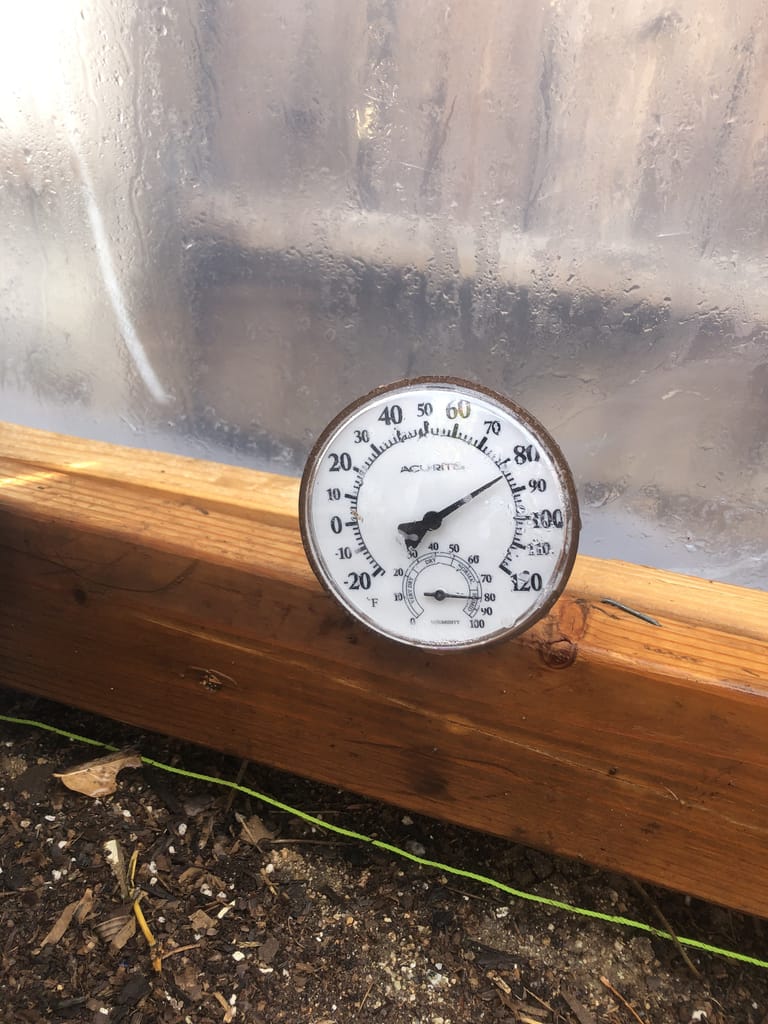
As someone who enjoys collecting yamadori, I am always looking for ways that people have success and love experimenting with their techniques. The black bag technique (used by Tony Tickle, Harry Harrington, and many others) that is more formally known as sweating a tree, has a place in yamadori aftercare and for good reason. I wanted to explain why that is, and why not everyone uses it for all species and all areas of the world.
What Is Sweating?
Sweating is the process of helping a tree or plant break dormancy. This is done on species that have a hard time doing so on its own after transplantation. This process warms the temperature of the tree which is necessary to break down the stored starches to begin the process of leafing out. I’ve also heard many people say that hydration is integral and what sweating is really about, but I think they both play their own part and it would be called ‘soaking’ instead of ‘sweating’ if hydration was the only component. The need for both temperature rising and hydration is what allows sap rise to occur which results in bud swelling and leafing out.
This process can be especially important if trees are transferred from a much different climate than the new location which will present with much different climate patterns.
There is a general lack of knowledge about this as it is a technique that is usually only used when transplanting trees. The only people transplanting tons of trees in any commercial setting are bonsai artists and the nursery industry. The thing is that the nursery industry has been doing this forever. There is little reason for the nursery industry to widely disseminate this information as almost none of their customers will be needing it.
Which Species Require It?
While I have experience with certain species and their need for sweating, I haven’t had experience needing to sweat all of the following species that have been compiled by The Minnesota Urban Forestry Outreach Research and Extension. They mention, that depending on which resource you’re reading the list of species could be 16-40 plants long, and it is controversial which plants do and don’t need it. That said, they have a tad bit more experience than I do. This is not a technique to be using on conifers (Bald Cypress excluded). The species I see listed on almost every list available are: Birch, Hackberry, Redbud, Cotoneaster, Hawthorne, and Oaks. Below is 34 species that sweating can be applied to:
- Maples (Acer)
- Serviceberry (Amelanchier)
- Barberry (Berberis)
- Birch (Betula)
- Trumpet Vine (Campsis)
- Hornbeam / Musclewood (Carpinus)
- Hickory (Carya)
- Hackberry (Celtis)
- Redbud (Cercis)
- Variegated Dogwoods (Cornus)
- Cotoneaster (Cotoneaster)
- Hawthorne (Crataegus)
- Beech (Fagus)
- Ash (Fraxinus)
- Honeylocust (Gleditsia)
- Crab/Apple (Malus)
- Mulberry (Morus)
- Black Gum (Nyssa)
- Ironwood (Ostrya)
- *Amur Corktree (Phellodendron)
- Potentilla (Potentilla)
- Plums (Prunus)
- *Ussurian Pear (Prunus)
- Chokecherry (Prunus)
- Oak (Quercus) – Some more so than others (specifically White Oaks)
- Skunkbush Sumac (Rhus)
- *Black Locust (Robinia)
- Roses (Rosa)
- Weeping Willow (Salix)
- European Mt-Ash (Sorbus)
- Lilac (Syringa)
- Bald Cypress (Taxodium)
- Lindens (Tilia)
- Elms (Ulmus)
How Do I Sweat My Trees or Plants?
Yamadori and Bonsai
I’d recommend following Tony Tickle’s process which is available here: Improving The Success Rate Of Yamadori
I would recommend avoiding a black (specifically the color) plastic bag if you are in a hot climate, as it can bake the tree pretty quickly, and the same goes for full sun in similar places. Keep in mind that Tony is in northern England, and they don’t get the same sun I do in the Mojave Desert in Southern California.
Another point that he does not mention, is that once you remove the bag when the shoots have emerged, you need to maintain a higher humidity and temperature to ensure success. Now you don’t need to have a greenhouse to put it in once it leaves, but if you have an area that has less wind, more sun, won’t freeze, and more humid, I’d recommend you move it to that area to try and replicate that same situation.
Harry Harrington mentions in his video that he opens the top of the bag to let light in and force growth on the top of the tree as opposed to the bottom where it can sucker instead.
Bare Root Stock
- Bundle together 5-10 trees of the same species.
- Soak the roots and then cover the roots with a moist medium (sphagnum, sawdust/woodchips, wet straw, burlap).
- Cover the entire tree with a clear plastic and anchor down the edges to create a makeshift greenhouse.
- Mist regularly and check the buds to see if bud swelling has begun.
- Once buds begin to swell, you can remove the trees and plant them immediately.
Why Is This Important For Bonsai?
This is one more trick you can use in your arsenal when it comes to aftercare of collected trees and to help sick trees (as Harry mentions in the video above). Often time you collect something and the root system didn’t turn out how you thought it would, you lose some fine roots during the collection process, or you collect one of the touchy species that needs to sweat to survive.
Some may have inadvertently done something similar and it produced the desired result, but hopefully I was able to help you understand the reasoning to be able to repeat your successful attempts and fix your failed attempts.
Resources Used:
Frederick County Forestry Board, March 2013. Breaking Dormancy In Trees. In: Nature Notes – https://www.fredericknewspost.com/news/environment/breaking-dormancy-in-trees/article_f016be64-a169-5ba0-a1be-f38a33dbb0e2.html
Ball, John, March 6th, 2019. Planting Bare-Root Trees. SDSU Extension Forestry Specialist – https://extension.sdstate.edu/planting-bare-root-trees
Johnson, Gary, 2017. Best Planting Practices Series. In: The Minnesota Urban Forestry Outreach Research and Extension (MnUFore) Lab
https://trees.umn.edu/sites/trees.umn.edu/files/files/long_term_planting_success_often_begins_with_a_good_sweat_0.pdf
